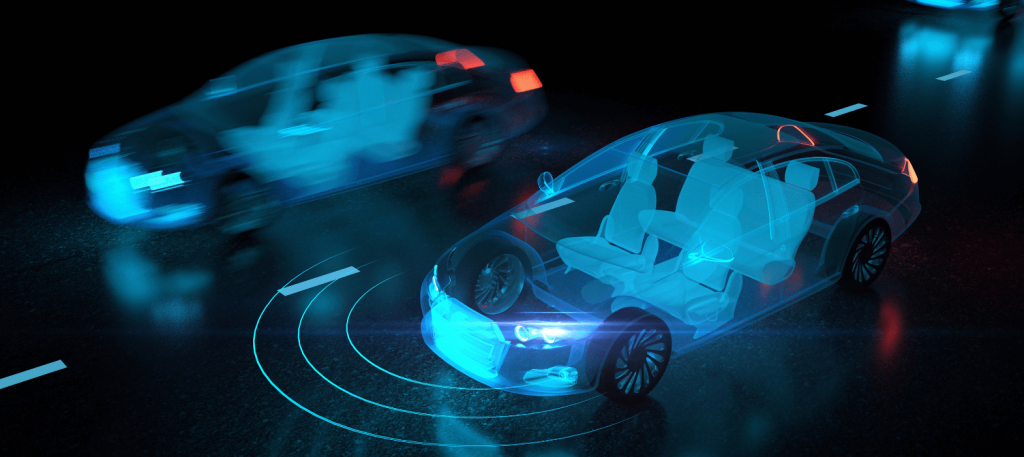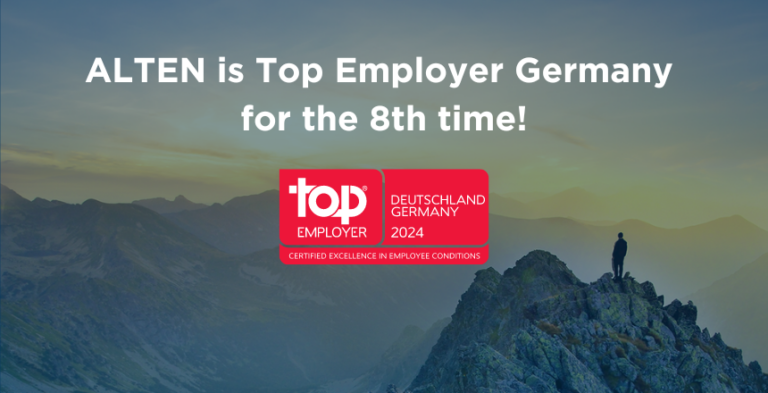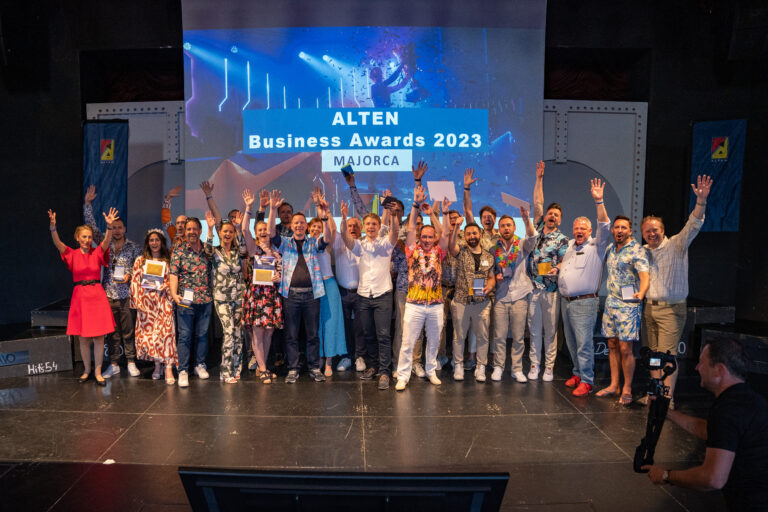Investigation of 3D simulations for test automation in the field of autonomous driving
Megatrend autonomous driving – a key discipline for us. We develop and research innovative technologies and system solutions for our customers that support the success of highly automated, autonomous vehicles.
An exciting research insight is provided by our employee Kristian, Engineering Consultant and employee of ALTEN SW GmbH. In collaboration with ALTEN, he wrote his bachelor’s thesis on the topic of “Investigation of 3D simulations for test automation in the field of autonomous driving”. Having successfully completed his bachelor’s degree, he presents the findings from his research.

Problem
The complexity of automated driving functions up to the level of autonomous driving is constantly increasing. Performing tests is an important step in the development process and necessary to ensure their reliability. Testing in the real world can be time-consuming, costly and dangerous, especially when errors occur and the associated repetitions occur. Furthermore, when tests are automated, reproducibility must be ensured, which can be difficult or impossible depending on the situation (road users, weather and visibility conditions). In order to be able to test reliably nevertheless, simulators are used – especially in early phases of development – in which the software and hardware of a system can be represented completely or partially. The suitability of 3D vehicle simulation software for test automation in the vehicle development process is to be considered.
How does 3D vehicle simulation software work?
In 3D vehicle simulation software, the entire environment, including vehicles and sensors, is represented virtually. For the correct representation of the environment, two types of data are required, which are described in the standards of ASAM (Assosiation for Standardization of Automation and Measuring Systems). The ground truth describes all unmodified objects in the vehicle’s environment, such as traffic signs, traffic lights, roadway data and environmental conditions. The second data type describes sensors and is subdivided into SensorView, for objects relative to the sensor, and SensorData, for the data of the environment that the sensor perceives. ASAM defines other important standards for vehicle simulations with OpenX, such as OpenDrive for road networks or OpenScenario for the description of driving manoeuvres.
Open source or commercial software?
When choosing a suitable simulator, commercial or open source software can be used. The advantage of open source software lies in its free availability, as well as in the community, if active, which can contribute with its own developments and support. Since the source code is available, it can also be adapted.
Even if the cost factor plays a major role in commercial software, it should not be forgotten that customer support and continuous further development are provided during the product’s lifetime. Furthermore, industry standards for software development are followed.
Added value of 3D vehicle simulation software
Particularly in the early stages of development, 3D vehicle simulation software can be used to validate the function, keeping the testing effort low and the number of use cases high. Especially the precise and immediate change of weather conditions and times of day offer a big advantage compared to testing in the real world. Furthermore, vehicle type and sensors can be changed in a simulation without much effort.












